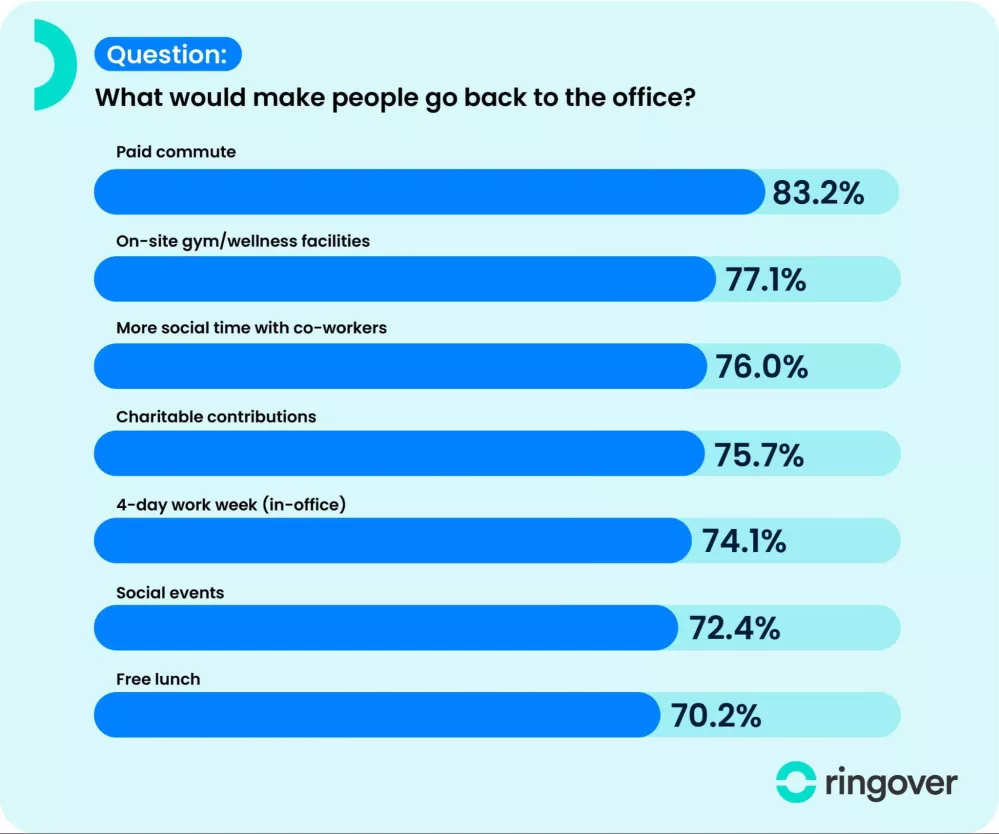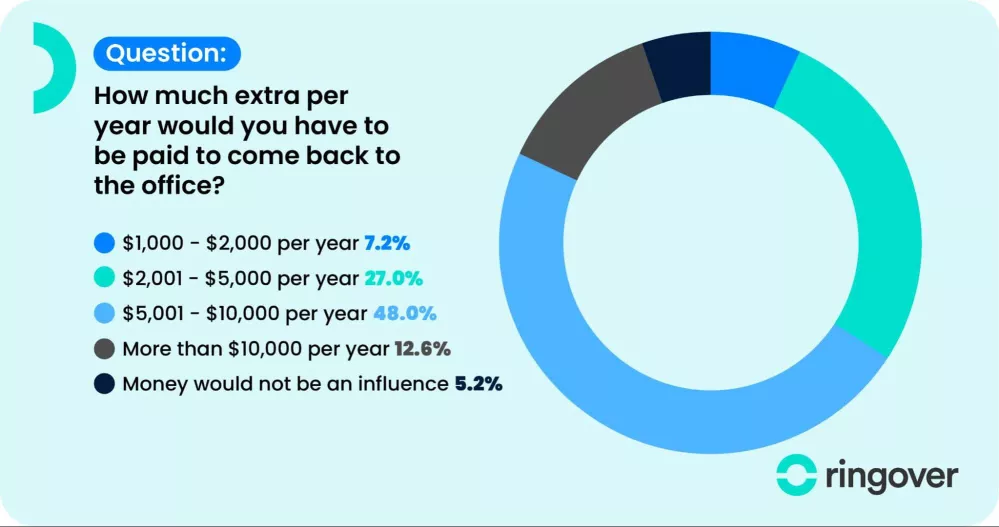Trees blocking views of Columbia, Mount Hood at issue
By Sarah Wolf, Columbian staff writer

A neighborly dispute is headed to the Washington Supreme Court after a state appellate court decided a homeowners association rule preventing a member’s trees from obstructing others’ views could stand.
The issue stems from two homeowners in Camas’ View Ridge Estates, which sits north of state Highway 14 overlooking the Columbia River and Mount Hood.
One couple, Ronald Haertl and Leslie Kolisch, claimed the other, Walter and Mariann Guetter, had trees blocking their view. The homeowners association had recently modified its rules to prohibit vegetation from obstructing other members’ views. The association took its case to Clark County Superior Court, which ruled in its favor. The Washington Court of Appeals upheld that decision April 8.
“I applaud the Washington Court of Appeals for this decision, which legally ensures that (homeowners associations) have the right to certain expectations of their members,” Michael Vial, attorney for the homeowners association, said in a recent statement.
Don Grant, attorney for the Guetters, said the appellate court’s decision isn’t final until the Washington Supreme Court decides whether to review the case. The couple filed a petition for review with the Washington Supreme Court on Tuesday.
In 2004, the Guetters bought a home in View Ridge Estates with several trees on the property, according to court documents. At that time, the homeowners association’s rules stated owners could use their property for their own enjoyment so long as they don’t “offend or detract” from neighbors’ enjoyment of their own properties.
Those rules dated to creation of the homeowners association in 1982 and also stated no outbuildings or fences could obstruct another homeowner’s view.
In 2018, the homeowners association revised the original rules to establish that trees and vegetation in “a view and/or view corridor area” must be smaller than 15 feet or first-story gutter height in the front or backyard of any home. The committee decided taller trees would only be allowed if they didn’t obstruct a neighbor’s views.
Soon after, Haertl and Kolisch notified the homeowners association trees located on the Guetters’ property were blocking their views of the Columbia River and Mount Hood.
The Guetters refused to cut the trees, according to court documents.
The homeowners association subsequently filed a lawsuit against the couple in Superior Court. Haertl and Kolisch joined the suit.
The Superior Court then issued an injunction, requiring the Guetters to trim, top or remove trees from their property in accordance with the homeowners association’s landscape committee desires.
The Guetters appealed the ruling to the Washington Court of Appeals, where they argued the homeowners association’s original rules didn’t authorize new rules in the future, only changes to current rules. The couple argued the 2018 changes constituted a new rule.
The appeals court disagreed.
“Rather than creating an entirely new covenant, the adopted covenant constituted only a change to View Ridge Estates’ existing covenants, a change which the association gathered sufficient support to validly adopt,” the appeals court ruled.
Vial said his law firm, VF Law, strives to ensure the rights of homeowners associations and their communities are protected. He called the appellate court’s decision a victory for homeowners associations across the state.


















